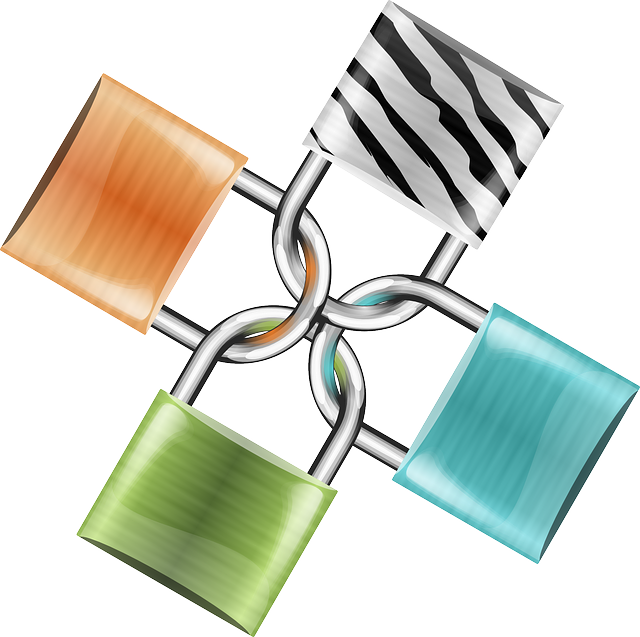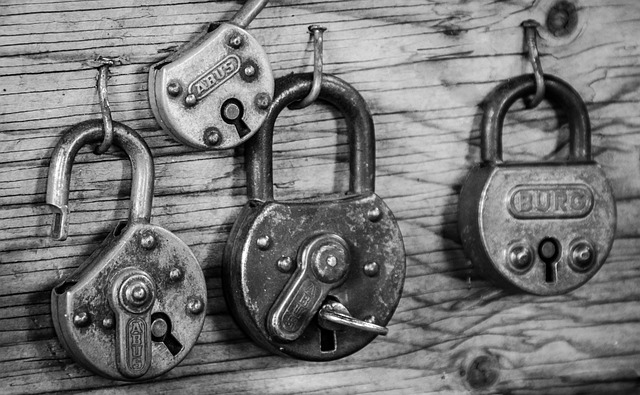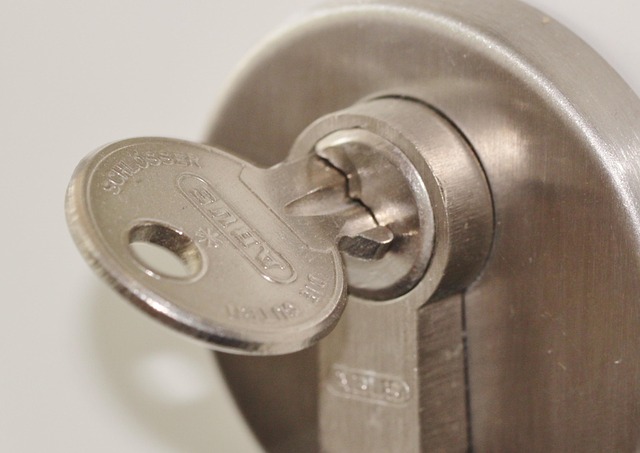Emergency response systems for elderly individuals are transforming senior care by offering caregivers peace of mind and enabling quick responses to emergencies. These systems include remote monitoring, automatic fall detection, and easy access to services, promoting independence and enhancing safety for seniors living alone or with mobility challenges. Advanced technologies like GPS tracking, smart home integration, and AI analytics will further improve monitoring and personalized care suggestions in the future, ensuring swift communication between caregivers, healthcare providers, and responders during crises.
In the evolving landscape of senior care, ensuring the safety and well-being of our aging population has never been more critical. Caregiver-connected safety systems emerge as a revolutionary approach to elderly monitoring, empowering caregivers with real-time insights while fostering independence among seniors. This article delves into the multifaceted world of these systems, exploring their types, implementation benefits, and future trends in the context of emergency response for the elderly.
- Understanding the Needs of Senior Caregivers and Seniors
- Types of Emergency Response Systems for Elderly Monitoring
- Implementation and Benefits of Caregiver-Connected Safety Systems
- Future Trends and Considerations in Elderly Monitoring Technology
Understanding the Needs of Senior Caregivers and Seniors

Caregivers play a vital role in ensuring the safety and well-being of seniors, especially those with unique health considerations or living alone. Understanding their needs is crucial when developing effective senior monitoring solutions. Caregivers often require tools that offer peace of mind, enabling them to quickly respond to emergencies and track the overall well-being of their charges. Emergency response systems for elderly individuals have become a game-changer in this domain.
These systems cater to both caregivers’ and seniors’ requirements by providing remote monitoring capabilities, automatic fall detection, and easy access to emergency services. By integrating such technologies, caregivers can better navigate the challenges of senior care, ensuring prompt assistance during critical situations while allowing seniors to maintain their independence.
Types of Emergency Response Systems for Elderly Monitoring

Emergency response systems for elderly monitoring have evolved significantly, offering a range of solutions tailored to various needs and living arrangements. One common type is the basic alarm system, often worn as a pendant or bracelet, which allows seniors to quickly summon help in case of a fall or emergency. These devices typically include a button that, when pressed, connects the wearer to a monitoring center where trained operators can dispatch assistance.
More advanced systems incorporate GPS tracking and automated fall detection, providing real-time data on the senior’s location and movement. This technology is particularly beneficial for those with mobility issues or who live alone. Additionally, smart home integration allows for voice-activated commands and automated routines, enhancing independence while ensuring safety through continuous monitoring.
Implementation and Benefits of Caregiver-Connected Safety Systems

The implementation of caregiver-connected safety systems offers a transformative approach to senior monitoring, especially in ensuring timely emergency response for the elderly. These innovative solutions establish a direct link between caregivers and seniors, enabling quick communication during critical situations. By integrating technology into daily care routines, caregivers can remotely monitor vital signs, track movement, and receive alerts when unusual activities occur. This proactive strategy not only enhances safety but also provides peace of mind for both caregivers and families.
One of the key benefits lies in the system’s ability to facilitate rapid response to health crises. Caregivers equipped with these tools can promptly assess a senior’s well-being, notify emergency services, and provide crucial information about medical conditions and medications. Moreover, these systems encourage proactive care by promoting regular check-ins, ensuring seniors remain connected and engaged, and fostering a sense of independence while maintaining safety.
Future Trends and Considerations in Elderly Monitoring Technology

As technology advances, the future of elderly monitoring looks promising with an increasing focus on proactive health management and autonomous senior living. Wearable devices and Internet of Things (IoT) sensors are likely to become more sophisticated, offering continuous vital sign tracking and advanced fall detection algorithms. These innovations can enable early intervention in health crises, reducing response times for emergency services. AI-powered analytics will play a crucial role in analyzing data from these devices, predicting potential issues, and even providing personalized care recommendations.
Additionally, integration of caregiver-connected safety systems with emergency response networks could streamline assistance during critical situations. This includes seamless communication between caregivers, healthcare providers, and emergency responders, ensuring prompt and efficient care. With the rise of remote monitoring and automated alert systems, the overall goal is to enhance the quality of life for seniors while maintaining their independence and promoting their safety in familiar environments.
Caregiver-connected safety systems represent a significant advancement in senior monitoring, addressing the urgent need for efficient and reliable emergency response solutions. By leveraging technology to bridge the gap between seniors and their caregivers, these systems not only enhance safety but also foster independent living. As we look ahead, ongoing innovations in elderly monitoring technology promise to make these systems even more integral to the well-being of our aging population, making emergency response faster, smarter, and more accessible for everyone involved.
